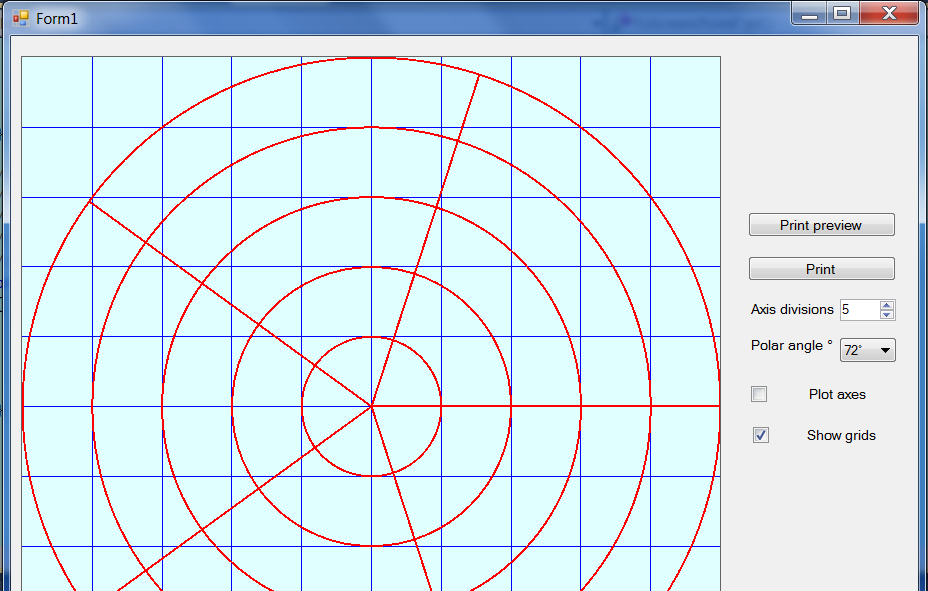To refresh my mind I did some exercises about complex numbers. I was constantly drawing axes and arrows.
So I decided to print out some worksheets with a program to make my life a bit easier, and because it is always fun to design a little program to do that for me. Like to share this. Enjoy.
This how it can look on the screen.
The listing just shows the main two classes.
In the possiblity that anyone would be interested in the whole project, I might send a zip file.
But it should be obvious how to come up with your own.